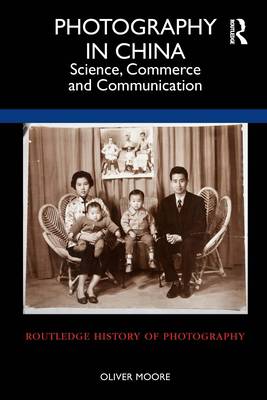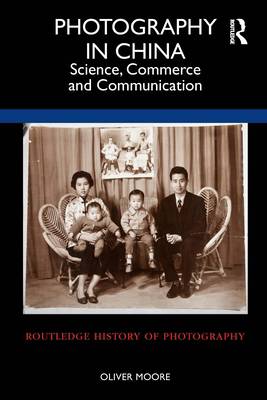
- Afhalen na 1 uur in een winkel met voorraad
- Gratis thuislevering in België vanaf € 30
- Ruim aanbod met 7 miljoen producten
- Afhalen na 1 uur in een winkel met voorraad
- Gratis thuislevering in België vanaf € 30
- Ruim aanbod met 7 miljoen producten
Omschrijving
Emphasizing the medium's reception among several Chinese constituencies, this book explores photography's impact within new discourses on science, as well as its effects in social life, visual modernity and the media during China's transition from imperial to republican government.
General knowledge and academic teaching of early modern Chinese visual culture stops short of fitting photography into the larger context of visual practices and theories. This study redraws the boundaries by making photography the central concern within changing priorities of visual representation and its functions during a period of major cultural and political change. No other study draws on such intimate familiarity with the early glamour of photography as science, commerce and communication in the various local conditions of China's cities and towns. Joining a body of critical writing that examines photography's histories outside the familiar confines of the West, this book looks beyond the tourist and imperialist gazes of photographer-adventurers from the Western powers and Japan. It defines instead the Chinese priorities of photographic vision that are abundantly evident in surviving photographs as well as in records as various as technical manuals and personal inscriptions. Local practices and local knowledge are the keys to explain the highly successful indigenization of a medium as globalizing as photography with reference to Chinese society's own terms and practices.
This book will be of particular interest to scholars in art and visual culture, the history of photography and Asian art.
Specificaties
Betrokkenen
- Auteur(s):
- Uitgeverij:
Inhoud
- Aantal bladzijden:
- 294
- Taal:
- Engels
- Reeks:
Eigenschappen
- Productcode (EAN):
- 9781032078991
- Verschijningsdatum:
- 9/10/2023
- Uitvoering:
- Paperback
- Formaat:
- Trade paperback (VS)
- Afmetingen:
- 175 mm x 246 mm
- Gewicht:
- 729 g

Alleen bij Standaard Boekhandel
Beoordelingen
We publiceren alleen reviews die voldoen aan de voorwaarden voor reviews. Bekijk onze voorwaarden voor reviews.











